Women’s History Month – Joanne Major
Five Facts about Kitty Fisher
Catherine Maria Fischer, aka Kitty Fisher, was born in 1741 in Soho, London. Her father, an immigrant artisan tradesman, scrimped and saved to send Kitty to a boarding school and to provide the best of everything for her. Then, aged around 16 years, Kitty was seduced by a handsome army officer nicknamed ‘the Military Cupid.’ She moved in with him and considered herself married although there had been no ceremony. When he abandoned her, Kitty embarked upon a career as a courtesan.
She gained notoriety but the turning point in Kitty’s life was due to an accident. Kitty was out riding with a female friend and two male admirers; they cantered through London’s parks and were heading along The Mall when Kitty’s horse was spooked. It galloped away, reared up, and deposited Kitty on the ground. Luckily, except for her pride Kitty was uninjured. A crowd gathered and she was recognized. Rather than play the victim, Kitty chose to make light of the situation and laughed at her predicament and herself. It captured the public’s imagination and turned Kitty into an overnight celebrity, as we understand the concept today. Possibly the nearest modern-day equivalent is the furore over the actress, Liz Hurley and ‘that dress.’
Subsequently, Kitty managed her fame very much like celebrities operate today. However, she found the glare of publicity not entirely to her liking. Almost as quickly as Kitty Fisher had become an overnight sensation, she disappeared from public view.
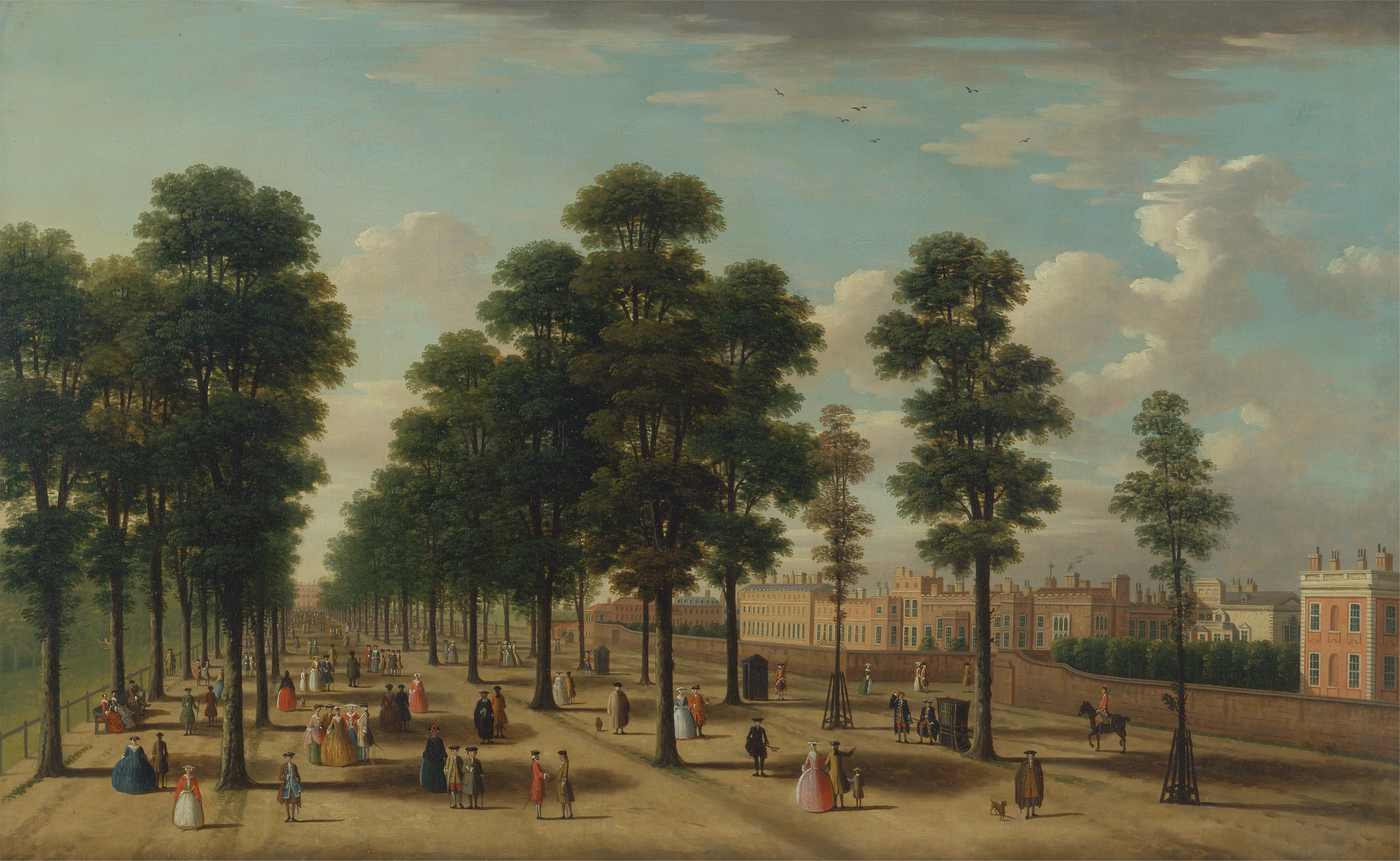
- Did Kitty Fisher meet Casanova in a brothel? Did she eat a banknote?
These are two of the enduring myths about Kitty Fisher’s life and the answer to both questions is ‘no.’ Kitty might have had a passing acquaintance with Casanova while he was in England in the early 1760s, perhaps in one of London’s pleasure gardens. However, by then, Kitty’s days as a courtesan were behind her. Instead, she was living in semi-obscurity at Titsey Place (a tumbledown mansion in the Surrey countryside) with her lover, William Richard Chetwynd.
The claim that Kitty met the Italian lothario was made in Casanova’s biography and either he embellished the truth (a lot!), or he met someone who was pretending to be Kitty. It is also Casanova we can thank for the tale that Kitty ate a banknote. This story is a rehash of an earlier one concerning another courtesan, Fanny Murray, and her lover, Sir Richard Atkins.
Other tales about Kitty have been overlooked. For instance, it was said that she sent one of her admirers off on a search for strawberries on a winter’s day. A basketful was found in a gardener’s greenhouse but was so expensive that, for the same price, it would have been possible to buy a field large enough to grow strawberries for an entire city to eat.
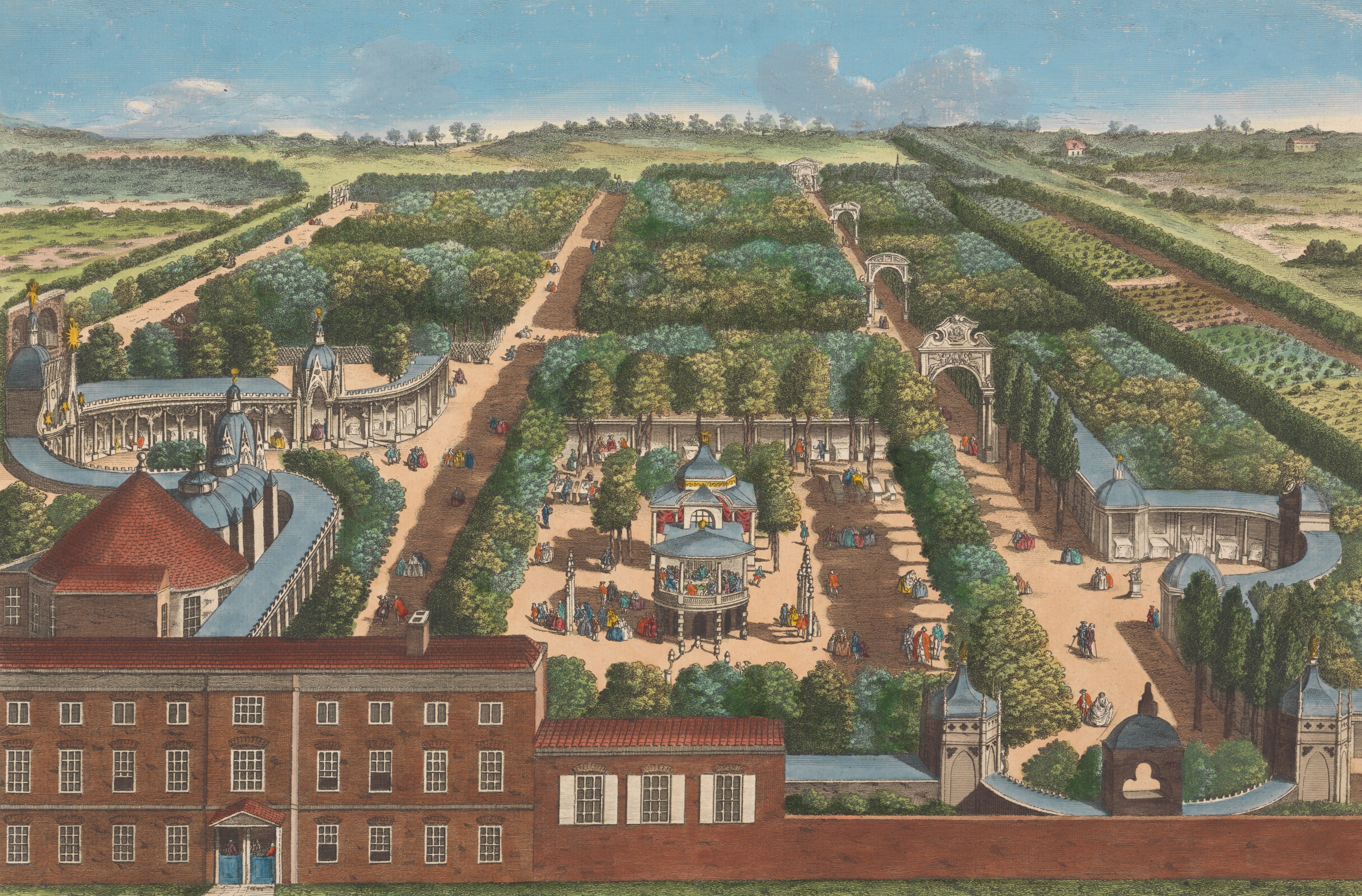
- The ‘Kitty Fisher Bonnet’
The ‘Kitty Fisher Bonnet’ was the height of fashion and not only in Great Britain. It was advertised for sale by milliners as far away as Boston in America. Strange as it may seem, the best idea we can get of Kitty’s famous hat is from a painting of two girls dressing a kitten by candlelight. The artist was Joseph Wright of Derby and the picture postdates Kitty’s life by a year or two but contains a series of ‘in-jokes’ relating to Kitty.
The girls’ doll lies discarded and is reminiscent of Kitty’s fall from her horse, the episode which catapulted her into public notoriety. Despite the kitten being a tomcat, an engraving of the painting has the title ‘Miss Kitty Dressing.’ It appears that he is wearing a ‘Kitty Fisher Bonnet.’
In one of Joshua Reynolds’ portraits of her (at Elton Hall, Peterborough), Kitty wears a dainty cap that looks very similar to the one worn by the kitten.
- When she married, Kitty had to perform the ceremony twice.
The hero of Kitty’s story was John Norris, heir to a Kentish estate. Young and handsome, he proposed marriage, to the despair of his parents. The couple eloped to Scotland to marry in secret, accompanied by Kitty’s brother-in-law as a witness. When the new Mr and Mrs Norris returned to London, his parents tried to get the marriage annulled. To quell the opposition, Kitty and John married for a second time at St George’s in Hanover Square.
Despite the drama, once Kitty’s new in-laws got to meet and know her, they came to like her and realized that she was a good influence on their son.
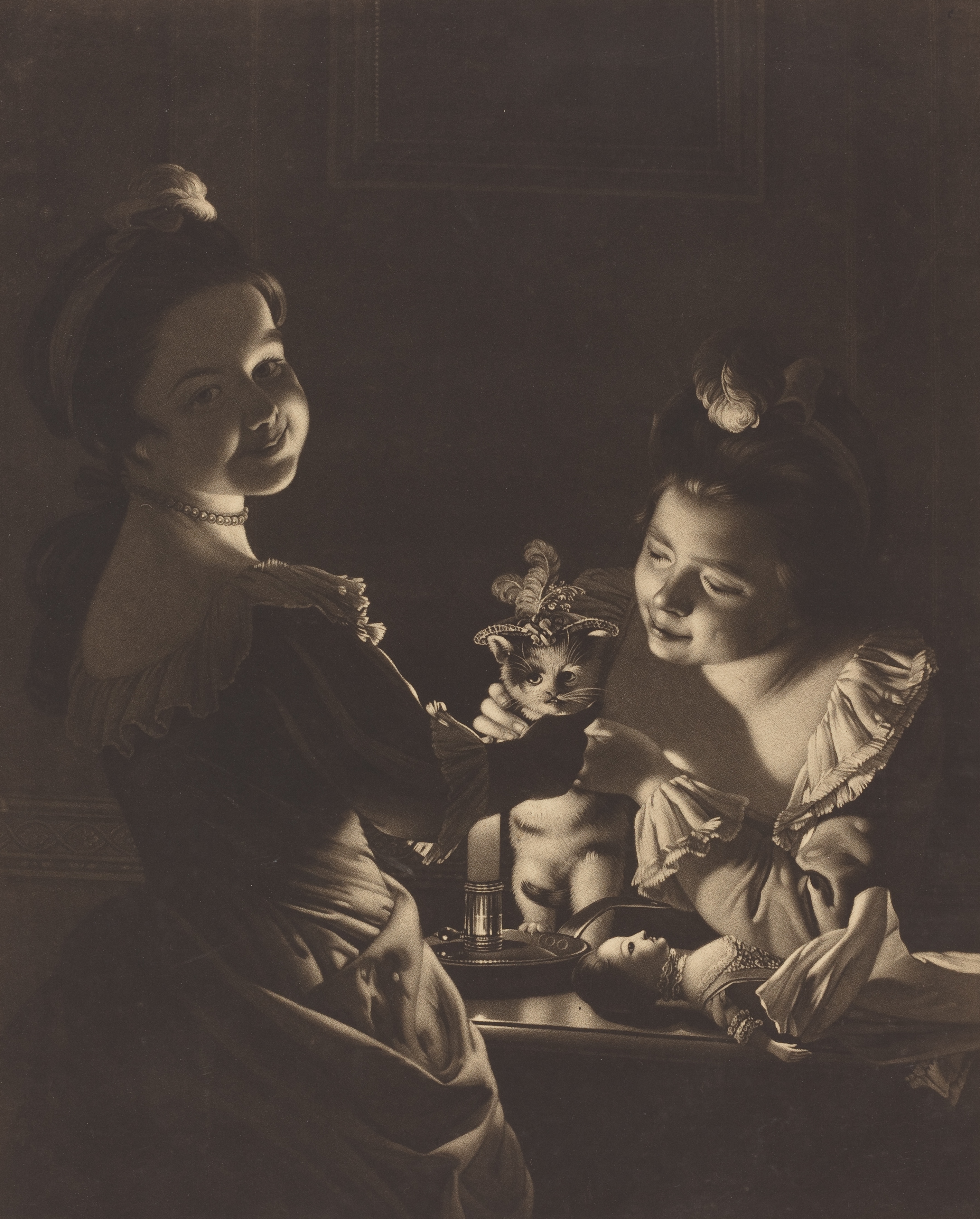
- Kitty’s use of cosmetics hastened her death.
Soon after her marriage, it became clear that Kitty was ill. She had contracted tuberculosis (consumption, as it was then called) and the disease progressed much more rapidly than usual. This was probably down to Kitty’s use of ceruse, a skin-whitening make-up worn by many ladies of fashion. It contained lead and was toxic. The detrimental effect this had on Kitty’s immune system allowed her illness to overwhelm her in a very short time. She died aged just 25.
- Remembered in a nursery rhyme.
Lucy Locket lost her pocket,
Kitty Fisher found it.
Not a penny was there in it,
Only ribbon round it.
Although remembered in history as a courtesan, Kitty Fisher’s career as such was short. It lasted for less than a year but Kitty’s name remained a byword for immorality, hence its inclusion in an enduring nursery rhyme.
The rhyme is sung to the tune now known as ‘Yankee Doodle Dandy,’ but that itself has its origins in an old folk melody which was repurposed in 1759 as ‘Kitty Fisher’s Jig.’
A pocket may refer to the pockets worn by women under their skirts, to a gentleman’s purse, or as a euphemism for the vagina. There may also be connections to the character of Lucy Lockit in John Gay’s play, The Beggar’s Opera. While the origins and meaning of the rhyme remain obscure. Kitty Fisher’s continued notoriety helped to establish it in the popular imagination.
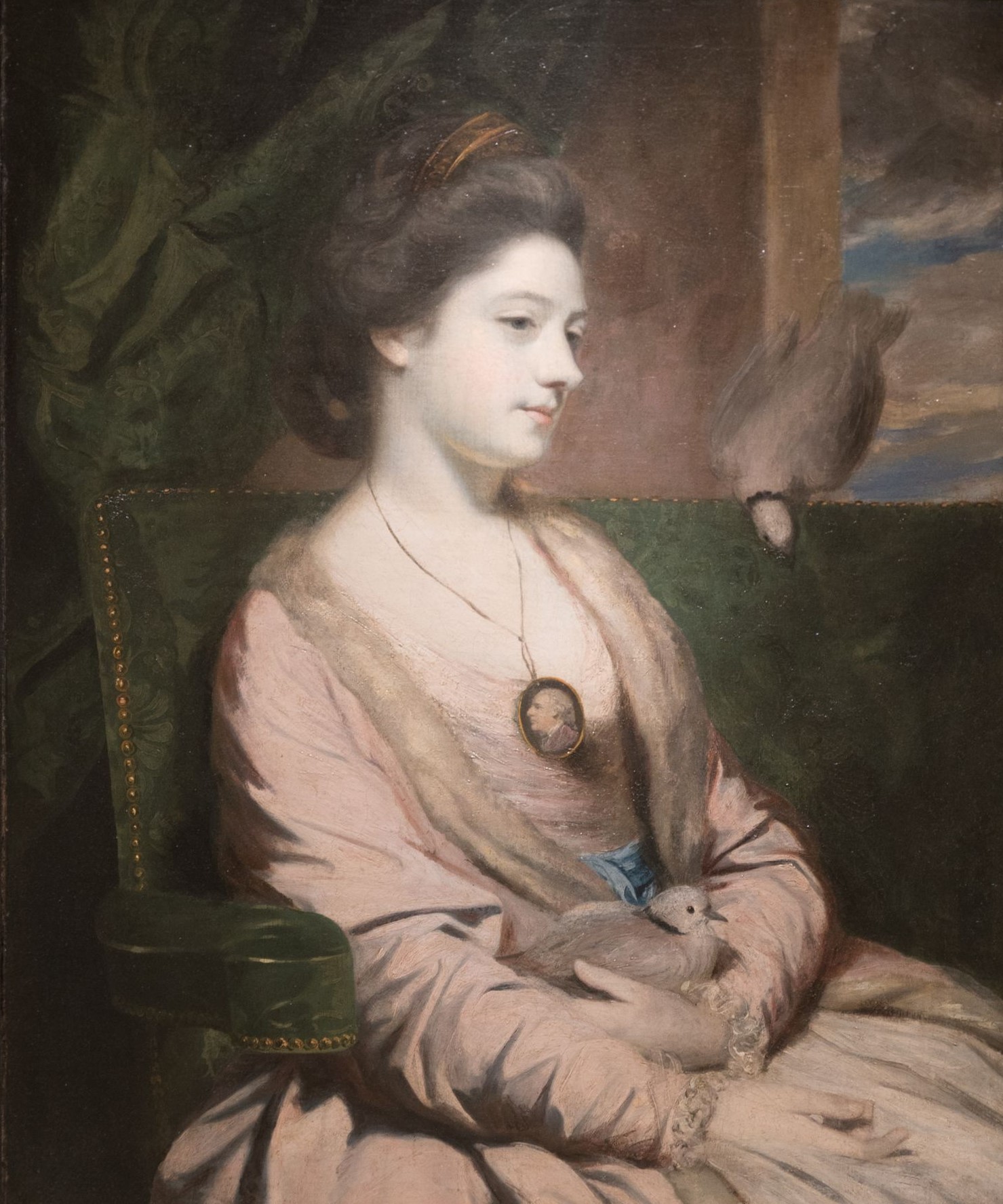
Image credits
The Mall, unknown artist. Yale Center for British Art, Paul Mellon Collection.
A General Prospect of Vaux Hall Gardens, hand-coloured engraving by John S. Muller after Samuel Wade. Yale Center for British Art, Paul Mellon Collection.
Miss Kitty Dressing, engraving by Thomas Watson after Joseph Wright of Derby. National Gallery of Art, Ailsa Mellon Bruce Fund.
Kitty Fisher by Sir Joshua Reynolds. New York Public Library Archives, New York Public Library Digital Collections.
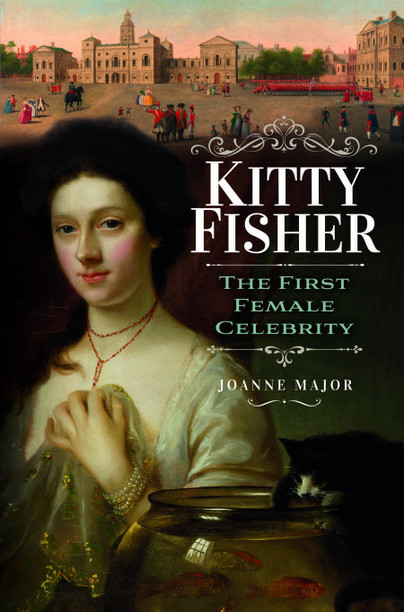
Order your copy of Kitty Fisher here.

